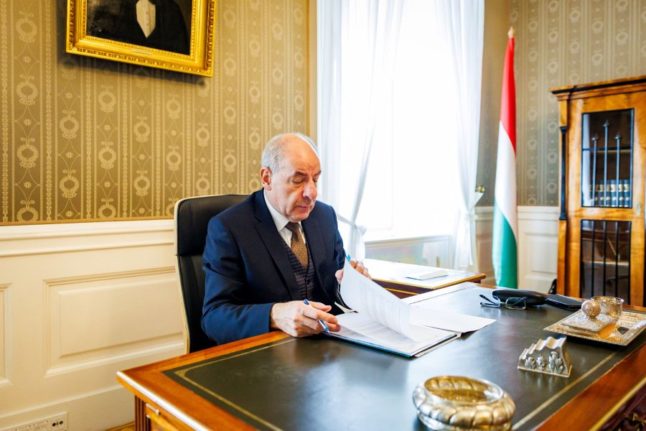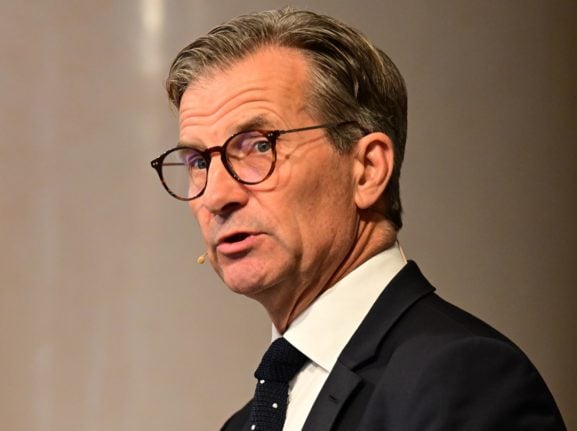Tamás Sulyok signed the document on Tuesday afternoon, two days after it was signed by the speaker of the Hungarian parliament and eight after the parliament voted in favour of Sweden joining.
“Tamás Sulyok, President of Hungary, ratified the decision of the National Assembly on Sweden’s accession to Nato on 26 February 2024 as his first decision in office,” Zoltan Kovacs, the international spokesperson of Hungary’s prime minister, Viktor Orban, announced on X.
Sulyok, a judge, was the presidential candidate proposed by the ruling Fidesz party. He assumed office on Tuesday after his predecessor, Katalin Novak, resigned over her pardonning of the deputy director of an orphanage who had been involved in a pedophilia scandal.
Hungary is the last of Nato’s 31 members to give approval to Sweden’s membership, with the country’s parliament delaying its decision since the summer of 2022.
READ ALSO:
Sweden initially applied to join Nato in May 2022, so the country has now had to wait 22 months to gain the approval of all member states.
The signed protocol will now be flown to Washington, after which Nato’s Secretary General, Jens Stoltenberg, will invite Sweden to submit its accession documents to the US.
Sweden’s government then needs to formally accept the Swedish parliament’s vote in favour of joining in May 2023, after which the country’s foreign minister, Tobias Billström, will fly to Washington along with Sweden’s documents.



 Please whitelist us to continue reading.
Please whitelist us to continue reading.
Member comments